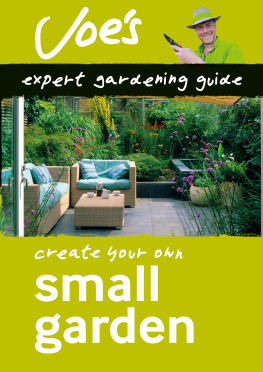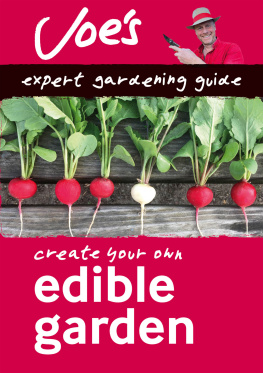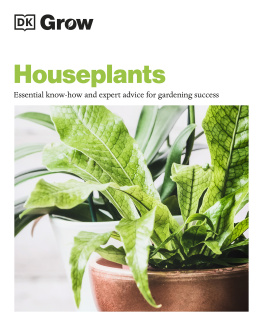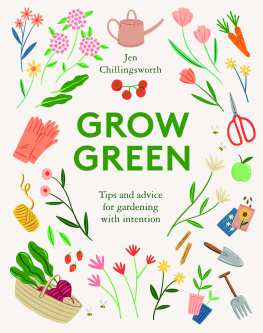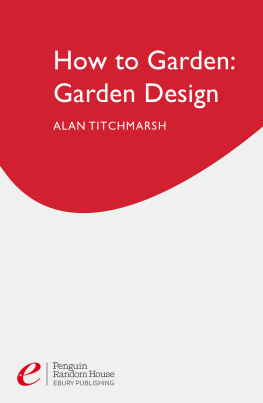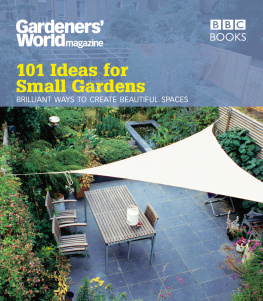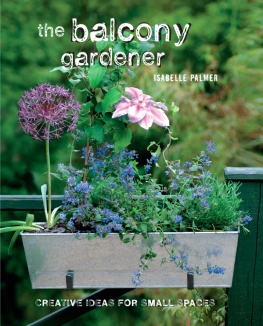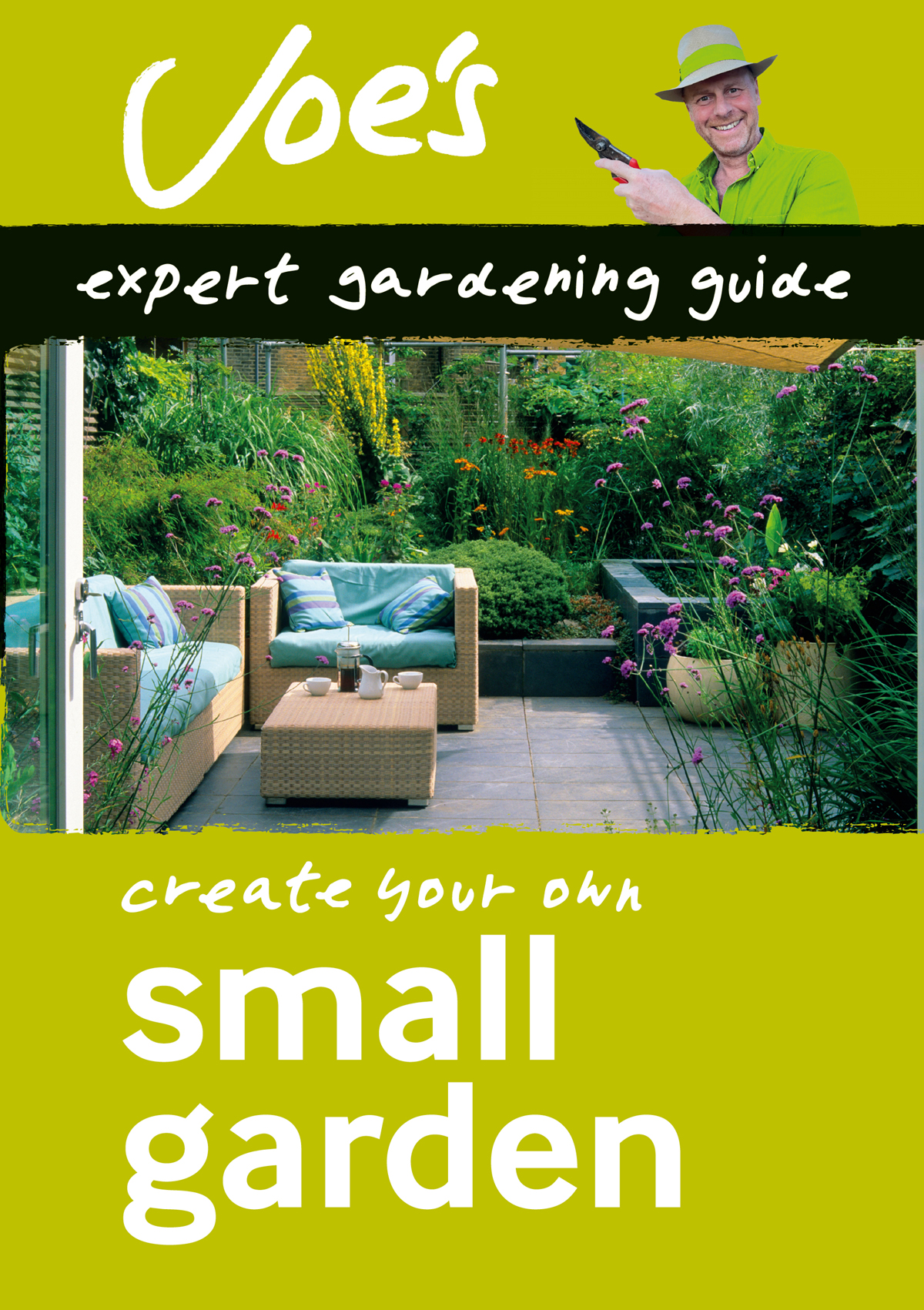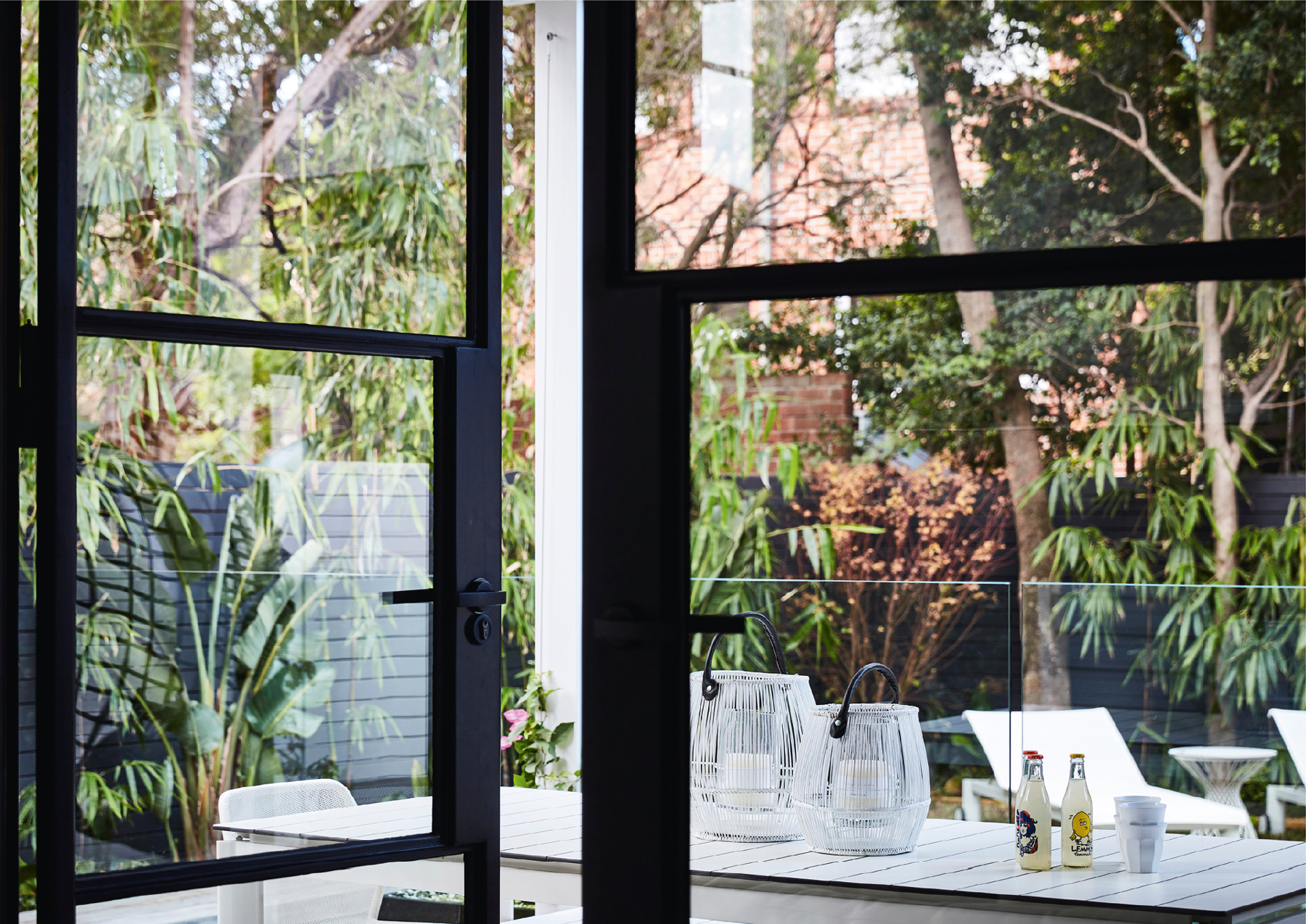contents
Guide
Published by Collins
An imprint of HarperCollins Publishers
Westerhill Road, Bishopbriggs, Glasgow G64 2QT
www.harpercollins.co.uk
HarperCollins Publishers
1st Floor, Watermarque Building, Ringsend Road,
Dublin 4, Ireland
HarperCollins Publishers 2022
Text Joe Swift
Cover image Joe Swift / Marianne Majerus
Collins is a registered trademark of HarperCollins Publishers Ltd
All rights reserved under International and Pan-American Copyright Conventions. By payment of the required fees, you have been granted the non-exclusive, nontransferable right to access and read the text of this e-book on screen. No part of this text may be reproduced, transmitted, downloaded, decompiled, reverse engineered, or stored in or introduced into any information storage and retrieval system, in any form or by any means, whether electronic or mechanical, now known or hereinafter invented, without the express written permission of HarperCollins.
The contents of this publication are believed correct at the time of creation. Nevertheless the publisher can accept no responsibility for errors or omissions, changes in the detail given or for any expense or loss thereby caused.
A catalogue record for this book is available from the British Library.
eBook Edition December 2021
Source ISBN 9780008461089
E-Book ISBN 9780008461096
Version: [2022-01-29]
Thanks to my agents, Charlotte Robertson and Debbie Scheisse, and everyone at HarperCollins Publishers including Gerry Breslin, Gordon MacGilp, Lauren Murray and Kevin Robbins.
This ebook contains the following accessibility features which, if supported by your device, can be accessed via your ereader/accessibility settings:
- Change of font size and line height
- Change of background and font colours
- Change of font
- Change justification
- Text to speech
- Page numbers taken from the following print edition: ISBN 9780008461089
contents
By definition, towns and cities are densely populated areas. As a result, green space is always at a premium and any urbanite who has access to their own private garden probably knows just how lucky they are.
Outside space in a city comes in all shapes and sizes. Back and front gardens are still the most traditional, but there are also shared communal gardens (complete or divided up), roof terraces, balconies, front steps, side alleys, houseboats and many other interesting spaces to grow in. They may start off being barren and uninviting but with imagination, creativity and application it amazes me how quickly they can be transformed into valuable green havens; the perfect antidote to fast city living.
Urban areas are often far detached from the natural world, yet its in our DNA to want to grow things and surround ourselves with plants. The considerations are undeniably different to those in rural settings, with issues like privacy, boundaries and shade (cast by buildings) coming into play and many spaces dont have any soil at all to dig into. These are viewed as limitations, but an exciting aspect of urban gardening is finding solutions, making over outside spaces beyond recognition, and breathing life into them.
There are many directions to go in and no rights or wrongs, yet with each decision and path chosen a garden is developing and your personality is being stamped onto it. Elements like paving, boundaries, containers, furniture, water and sculpture help define its structure but the plants will always play the starring role with their inimitable colours, textures, movement and fragrance, sprinkling their magic dust around to draw the seasons into our cities.
So, how do you want your small garden to feel and what kind of plants do you want to grow? Maybe an urban jungle full of dramatic architectural plants? Or packed with colour? Perhaps a soothing space for a spot of green bathing after a stressful days work that also works nicely as a venue for inviting friends over for a drink?
Whatever you want it to look like and be used for, greening your own plot is far from being a selfish act. The wider environmental benefits are significant too, helping to reduce pollution and minimise the heat island effect (a result of the hardscape in cities). The plants will increase biodiversity, and many will be an important year-round resource for wildlife.
Gardening can be a solitary or communal act, as you choose, yet it is undeniably infectious, in turn changing neighbourhoods and the way people feel about their surroundings. One person starts on their front garden or takes on a spot of guerrilla gardening by planting up the tree pit in the street and before you know it everyones at it, swapping cuttings and seeds, talking to each other, and building a community based on their love of city green.
There are no downsides to gardening. Its good for our physical and mental health and feeds our souls. Sure, we all have some failures along the way, but learning from them is all part of the process. I guarantee youll get far more out of making a garden than you put in and I hope this book both inspires and offers practical help for anyone looking to green up their urban space.
Joe

Shutterstock.com
These are the key things I consider when designing city and town gardens. Keep it simple, try to tick off most of these points to form a cohesive design and you wont go far wrong.
Sitting and versatility
A key decision that can dictate the entire layout of a small space is where to sit. In the sun or shade? Near the back door or at the end of the garden? Id rather have one large, generous and versatile (place to sit/do yoga/pot up plants/peel potatoes) area than two pinched areas neither of which feel quite generous enough.
Big things in small spaces and feature placement
A common oversight is to place (and plant) many small things in small spaces, which makes them feel busy and cluttered. Fewer and larger elements (think architectural plants/large pots/sculptural pieces) provide balance and greater impact. When placing, view the garden as an art gallery, each piece holding a space around it and perhaps framed by an arch, by plants, or by the window frames from inside. Maximise any long views where possible to draw the eye, even if this means snipping some branches off a shrub or two to see a feature. Objects are often plonked on the ground but usually look better brought up closer to eye level, perhaps raised on plinths, blocks or fixed onto walls.

Wow, this really draws the eye!
NICOLE CUBBIDGE / Alamy Stock Photo

Imagine how different this would feel with dark paving and gravel.
flowerphotos / Alamy Stock Photo

